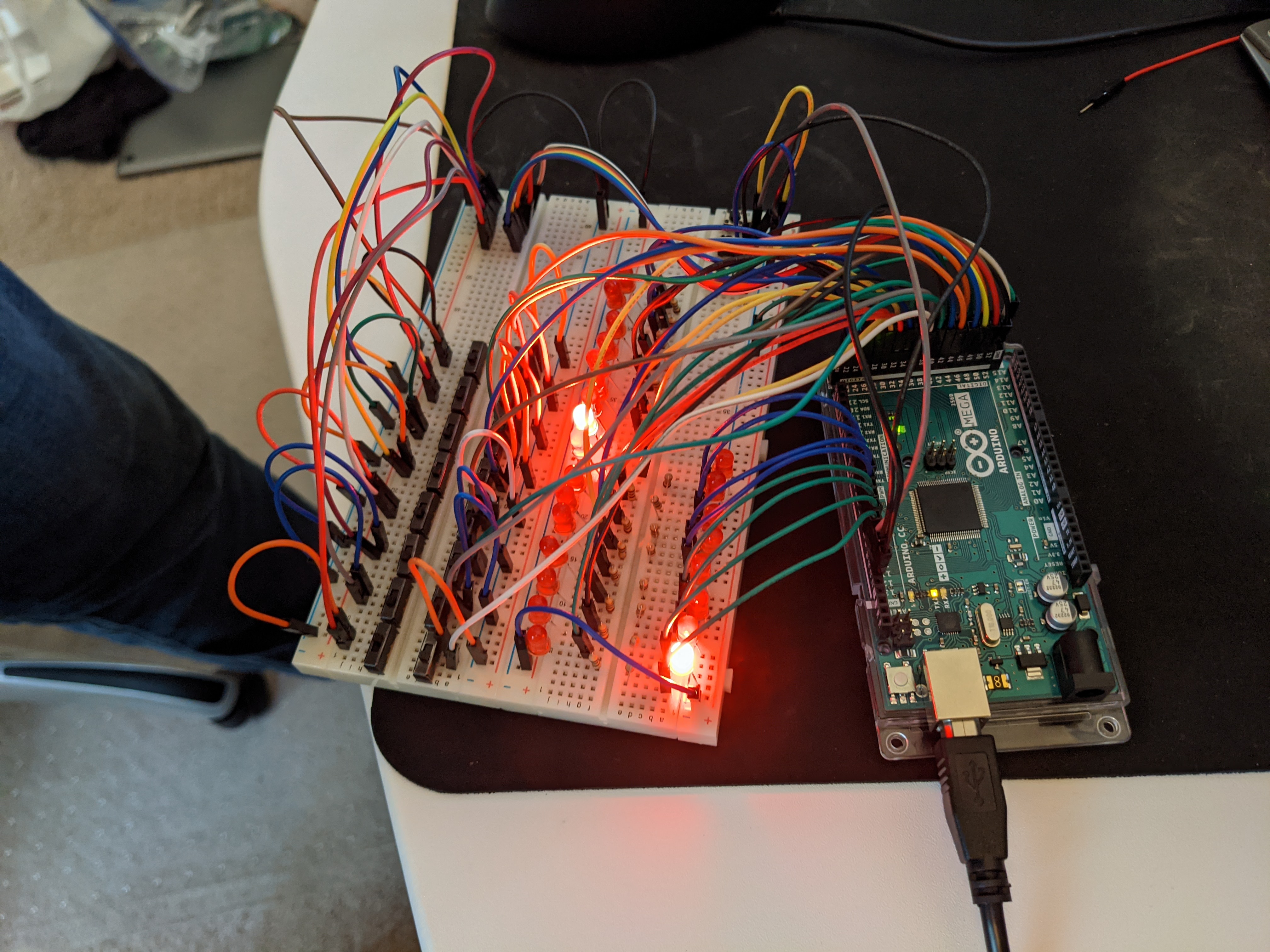Apr 25, 2023
Last week, I implanted a SmartMX3 P71D321 secure element chip in an ultra-thin, biosafe-polymer-enclosed form factor as provided by the Dangerous Things flexSecure implant in my left arm. This microprocessor + radio provides onboard compute and a 13.56Mhz NFC radio, with the chip accepting 200kB worth of Java Card applets (extremely feature-restrictive/resource-minimal Java). While this technology is not new (Java Card SmartCards have been around since the late 90’s), this body-safe form factor is impressive even when compared with newer implantable NFC chips thanks to Amal Grafstra’s research into biocompatible polymer-encased planar antenna technology.
